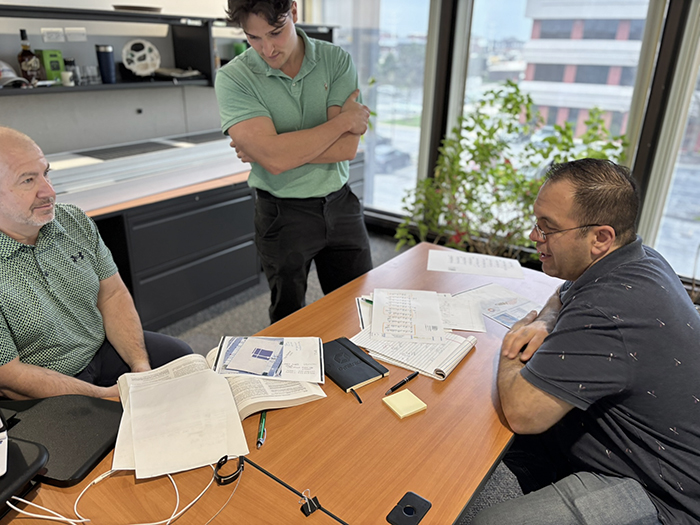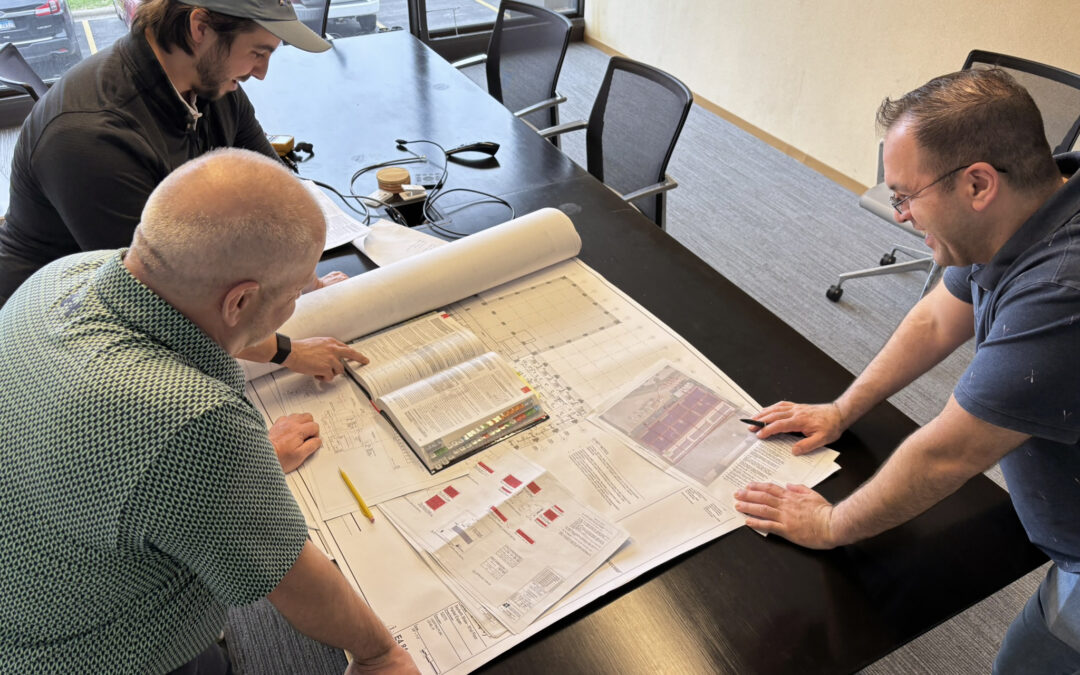In the fast-evolving world of renewable energy, solar and battery systems are increasingly becoming the cornerstone of a sustainable future. At the heart of every successful solar and battery system lies engineering excellence. The engineering phase of an Engineering, Procurement, and Construction (EPC) project is where everything takes shape. From system design to load analysis and site optimization, this critical phase ensures the longevity, efficiency, and reliability of solar and battery installations.
At Continental Energy Solutions (CES), engineering isn’t just a technical step. It is a fundamental part of delivering projects that meet high-performance standards while maximizing cost efficiency. Our expertise in this area allows us to develop solar and battery solutions that not only address the needs of today but also anticipate the future demands of the energy sector.
The Engineering Phase:
Where the Blueprint Comes to Life
The engineering phase is often the most critical part of an EPC project. It’s where the vision becomes a reality. Our skilled engineers begin by analyzing the unique needs of each project. We ensure that every design detail is optimized for performance, cost-effectiveness, and energy efficiency. A project’s success hinges on a robust engineering phase that begins with clear communication and a deep understanding of the project’s goals.
Solar and Battery System Design:
Tailored to Specific Needs
The system design phase is a collaborative process between engineers, owners, and project managers. At CES, we design solar and battery systems that are customized for the specific energy needs of each project, whether commercial or large-scale industrial applications. Our experienced engineers take into account factors such as:
- Energy Requirements: We work closely with our clients to understand their energy consumption patterns and needs for energy continuity to ensure the design provides adequate coverage.
- Site Characteristics: From solar panel placement to battery storage options, site-specific variables—such as shading, terrain, and weather conditions—are carefully considered.
- Scalability and Flexibility: As energy demands grow or change, scalability and flexibility in design ensure that systems can be upgraded or adjusted without major overhauls.
By considering these factors, our designs maximize energy production, reduce costs, and improve efficiency. The result is a highly optimized system that meets the precise needs of the client while delivering superior performance.
Load Analysis:
The Key to System Efficiency
Load analysis is the process of determining how much energy a system needs to produce based on the customer’s electricity consumption patterns. It’s an essential step in ensuring that solar panels and batteries are sized correctly.
At CES, we use advanced load analysis tools to understand the energy profile of each client’s site, enabling us to calculate the optimal solar panel array and battery storage requirements. Through this process, we identify peak usage times and adjust system specifications to maximize efficiency during these periods. Accurate load analysis not only ensures the system can meet energy demands but also avoids overbuilding, helping to minimize costs and maximize return on investment.
Solar and Battery System Optimization:
Maximizing Performance and Longevity
Every site presents its own set of challenges when it comes to solar and battery system optimization. Factors like location, terrain, and space constraints must be considered to ensure that the system performs at its highest potential for its entire lifespan.
At CES, we perform detailed site assessments before designing and installing systems. Our engineers utilize cutting-edge technology to optimize the placement of solar panels and batteries, ensuring that they can harness the maximum amount of sunlight throughout the day. In addition to site optimization, we carefully account for factors like grid connectivity, environmental impacts, structural concerns, and future scalability.
Real-World Example:
Innovative Engineering in Action
One of the standout projects that exemplify our engineering excellence is the solar, storage, and microgrid solution we implemented for a large commercial client in central Illinois. In this project, we faced a unique challenge: the customer had the desire to install renewable resources, but their production line equipment would trip offline when utility power experienced even minor blips (sub-cycle disturbances).
Our team approached this challenge by deploying a combination of high-efficiency solar panels, and a smart battery storage system that was designed to maintain continuity of power to the client’s critical infrastructure even during sub-cycle utility fluctuations. This adaptive approach not only ensured that the system provided reliable power continuously but also allowed the client to optimize energy savings during peak pricing hours.
As a result, the client saw the instances where the grid caused disruptions in their manufacturing process go from 4-6 times per year to zero disruptions, ultimately saving them hundreds of thousands of dollars per year. This project stands as a testament to the power of innovative engineering and how it can deliver both immediate and long-term benefits for clients.

Engineering Excellence as a Key to Success
The engineering phase is not just a technical step in the EPC process. It is the foundation on which successful solar and battery systems are built. By focusing on system design, load analysis, and site optimization, CES ensures that every project we undertake meets the highest standards of quality and efficiency. Our engineering team’s expertise allows us to deliver cutting-edge solutions that meet the energy demands of today while anticipating the challenges of tomorrow.
With each project, we strive to push the boundaries of what’s possible in solar and battery technology. Our commitment to engineering excellence ensures that our clients receive the most efficient, reliable, and cost-effective energy solutions available.
More in this series:
What is EPC and Why It Matters for Solar and Battery Projects? – Continental Energy Solutions
